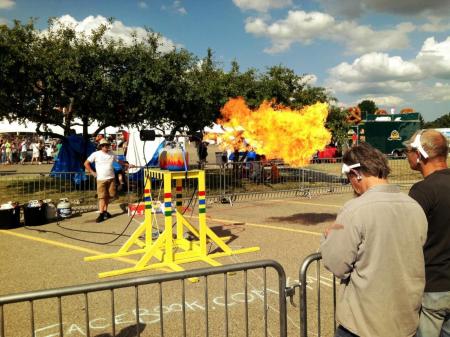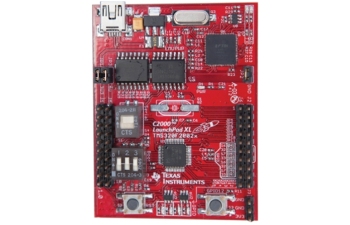Toorcamp is all wrapped up after four great days of talks, hacking, and parties. Located in Neah Bay, Washington, Toorcamp was a four day event modelled after European hacker camps. This is the second time Toorcamp has been run, and it’s clear that both the organizers and attendees know how to throw an awesome stateside hacker camp.
The camp featured talks, including keynotes by [Joe Grand] and [George Dyson], and villages for hardware hacking, lock picking, crafting, and welding. Workshops ranging from Arduino for Total Newbies with [Mitch Altman] to Wifi Hacking with [Darren Kitchen] let attendees get their hands dirty in a variety of activities. Hackerspaces and other collectives set up fantastic campsites featuring full kitchens, ham radios, questionably legitimate wifi networks, and bike jousting.
Some of the highlights include a giant laser that required FAA approval to fire into the sky, an elaborate tribute to the classic arcade game Robotron: 2084, and a working hand-held Tesla Gun. Stay tuned for coverage about these hacks and more.
If you missed Toorcamp, you’ll be glad to know that the organizers plan to run it on alternating years, which means the next one will be in 2014. You should also check out Toorcon San Diego in October and WorldToor in Antarctica. It looks like Toorcamp will only get better with time, and Toorcamp 2014 should be a great open air hacking event that you won’t want to miss.















